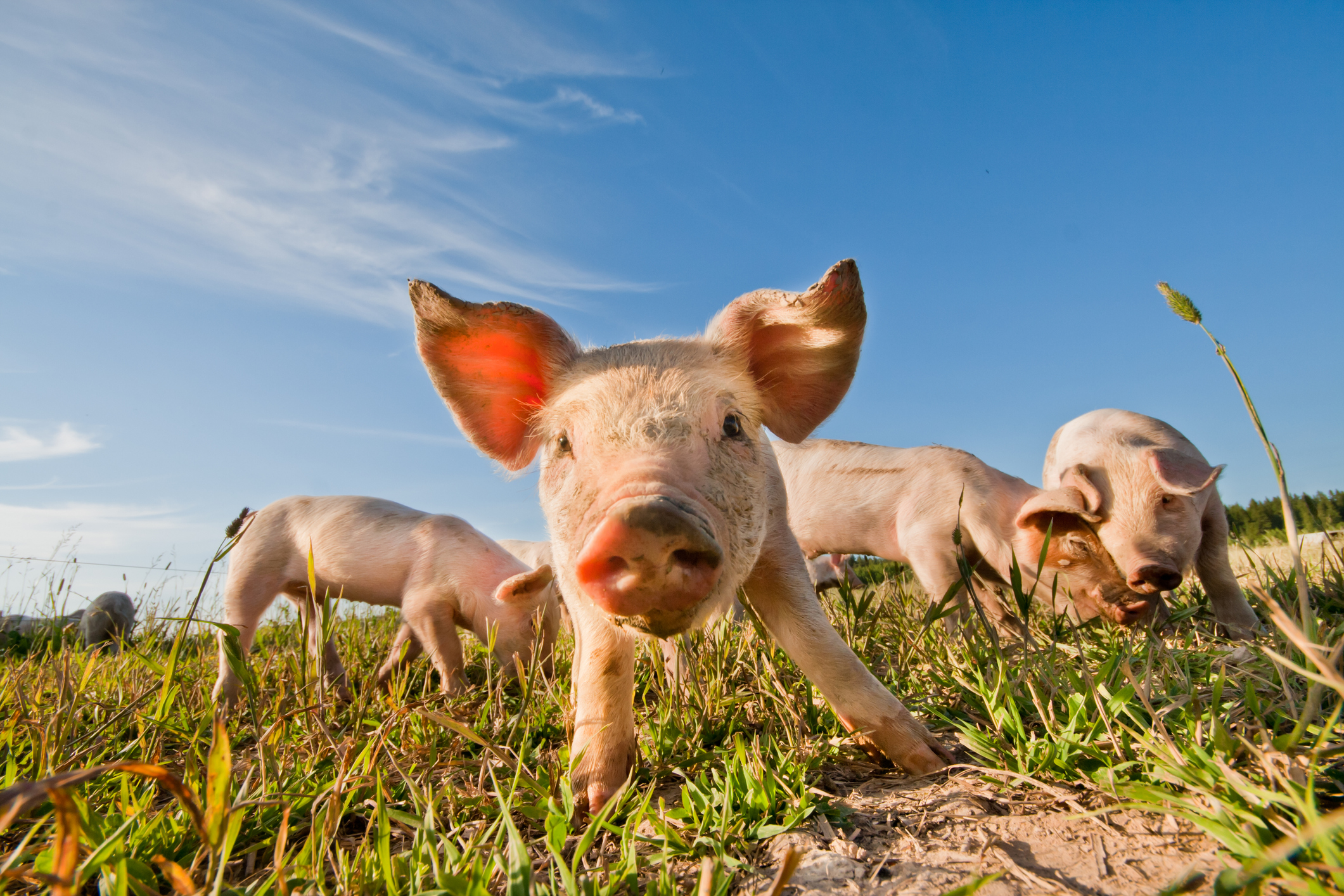Since the first description of the disease, a considerable amount of scientific knowledge has been gathered on African Swine Fever. Since it has reached the European Continent on two different occasions, scientists, but also specialists in veterinary services, have been learning how the virus acts on wild boar and domestic pig populations in Europe. In many ways, specialists have developed techniques to reduce, and sometimes eradicate, viral presence in an area.
However, managing the disease is not only a question between veterinary services, pigs, and the virus. Many stakeholders interact with pigs, with the disease, and with veterinary services.
Depending on their stance, they can take an active part in fighting the disease, or on the contrary help the virus spread.
Indeed, biosafety, surveillance, control, and other measures can seem arduous to apply. They can require a departure from habits or customs or imply a change in practice that demands higher efforts. They might be coming from services or experts that were previously not well known by the general public, in a realm that they do not associate with, or in a context where sanitary injunctions have become unpopular.
However, the damage done by non-complying, reluctant or careless individuals can take years to correct and cost millions of Euros in direct and indirect impacts. It is essential to prevent it, and to communicate with stakeholders to make sure that they fully grasp their role.
There are of course different categories of major stakeholders that have their importance in fighting disease, veterinary services, hunters, farmers, travellers/drivers and the General Public. For practical purposes, we have grouped material for truck drivers with the one for travelers and material for;
.
For all actors, specific attention should be paid to individuals ignoring public messaging. Whether it is due to distrust of authorities, carelessness, provocative attitudes, the diffusion of conspiracy theories on social media, ASF unfortunately has its share of misinformation circulating. While there are very few ready–made solutions against disinformation, it is important for veterinary services to keep their focus on proper communication.
Various countries in the region have responded in different ways to the needs for awareness material for the different publics mentioned above. Since the material created is very varied, WOAH believes it can be helpful for members to share the material they have produced. Despite language barriers, this sharing can help create additional material for different countries and help in reducing the burden of ASF.
At global level, through the GF-TADs, FAO and WOAH have created a series of poster and information material (including videos) on African Swine Fever. These are designed to be understandable in a variety of cultures and settings, and offer options for the general public, travelers, farmers, hunters. [African swine fever | WOAH & FAO | Trello], insert a picture of a general public poster and the social media card.
This page contains different materials that can be adapted to use in the awareness campaigns among different types of audience.
They will be included here



